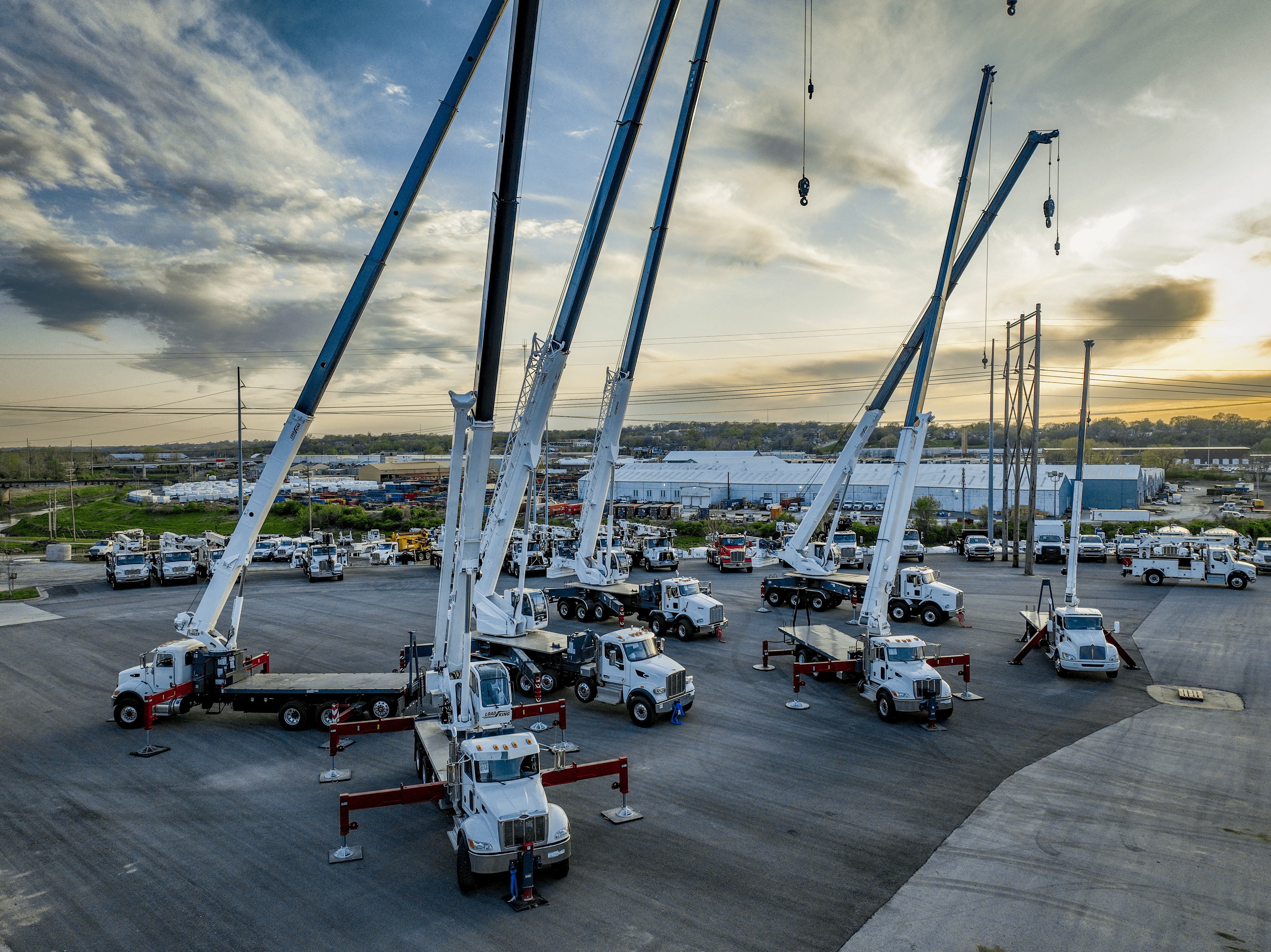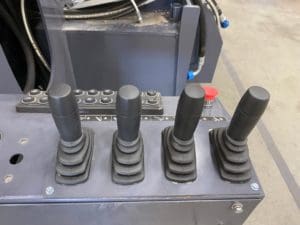
Without the existence of cranes, most of our world as we know it would not be the way that it is. Cranes can be used on any construction site and have the strength to lift heavy-weighted materials such as concrete slabs, pipes, grains, steel, and much more.
Cranes were first used as irrigation tools, In ancient Egypt, back in 3000 BCE. During the 6th century, the Greeks made the first record of using cranes and changed them by adding pulleys. Fast forward to 1838, when William Armstrong invented the world’s first hydraulic crane.
Armstrong’s crane was successful enough to grow his company enough to make over 100 cranes. His invention of cranes has evolved into today’s cranes.
Mechanical
Mechanical crane systems are the simplest to understand and run. To run a mechanical crane, you move one of the four levers that are assigned to each crane function either forward or backward.
Each lever is set up so that the forward and backward movement is associated with the specific function. For instance, winching the cable up and down is associated with pulling a lever forward or backward. Extending or retracting the boom, raising, or lowering the boom, and slewing the crane clockwise and counterclockwise are the other functions. Each is assigned to a separate lever.
The speed of each function can be controlled in two ways. As you move the lever further from the center location, the valve is opened further, and more oil is sent to the function. You can also adjust speed by using the throttle foot pedal.
One of the advantages to the mechanical system is its simplicity. Since you are mechanically opening and closing the valve, a technician can easily trace a control problem.
Hydraulic Pilot
The hydraulic crane system uses oil to generate the lifting power needed to pick up heavy materials. A system of hoses and pipes supply the oil to the cranes systems. On a crane controlled by pilots, there are two separate systems – a low pressure system for the controls and a high-pressure system for the crane.
The cranes controls can either be run with single axis joysticks, each matching the controls of the mechanical system, or they can be dual axis. With the dual axis, multi-functioning is a matter of using the corners of the joystick area opening more than one valve section at a time.
When the pilot system is activated, it opens and closes the valves for the high-pressure system to activate the crane functions.
Hydraulic pilot systems were most popular in the 80s and 90s as a transitional phase between mechanical and electric controls.
Today
Today, most cranes are electric over hydraulic. Electric crane systems have been in use for a long enough time now that most experienced operators would prefer an electric system. The reason for this is because there is more adjustability built into the system. Mechanical controls offer no ability to customize the operator’s experience. The operator must learn to smoothly run the crane by use of the levers and throttle. There is a limited ability to adjust the hydraulic pilot controls, however this requires a service technician.
The three main advantages to an electric over hydraulic system are the ability to fully customize the controls to the operator’s preference, more precise control over the valves, and the ability for the crane control system to react to inputs from both the operator, the crane, and the rated capacity limiter.
This is how Load Kings new LK-1 control system is designed. To view our LK-1 control system video, please click here. Since Load King developed the control system, we can continuously add features.



